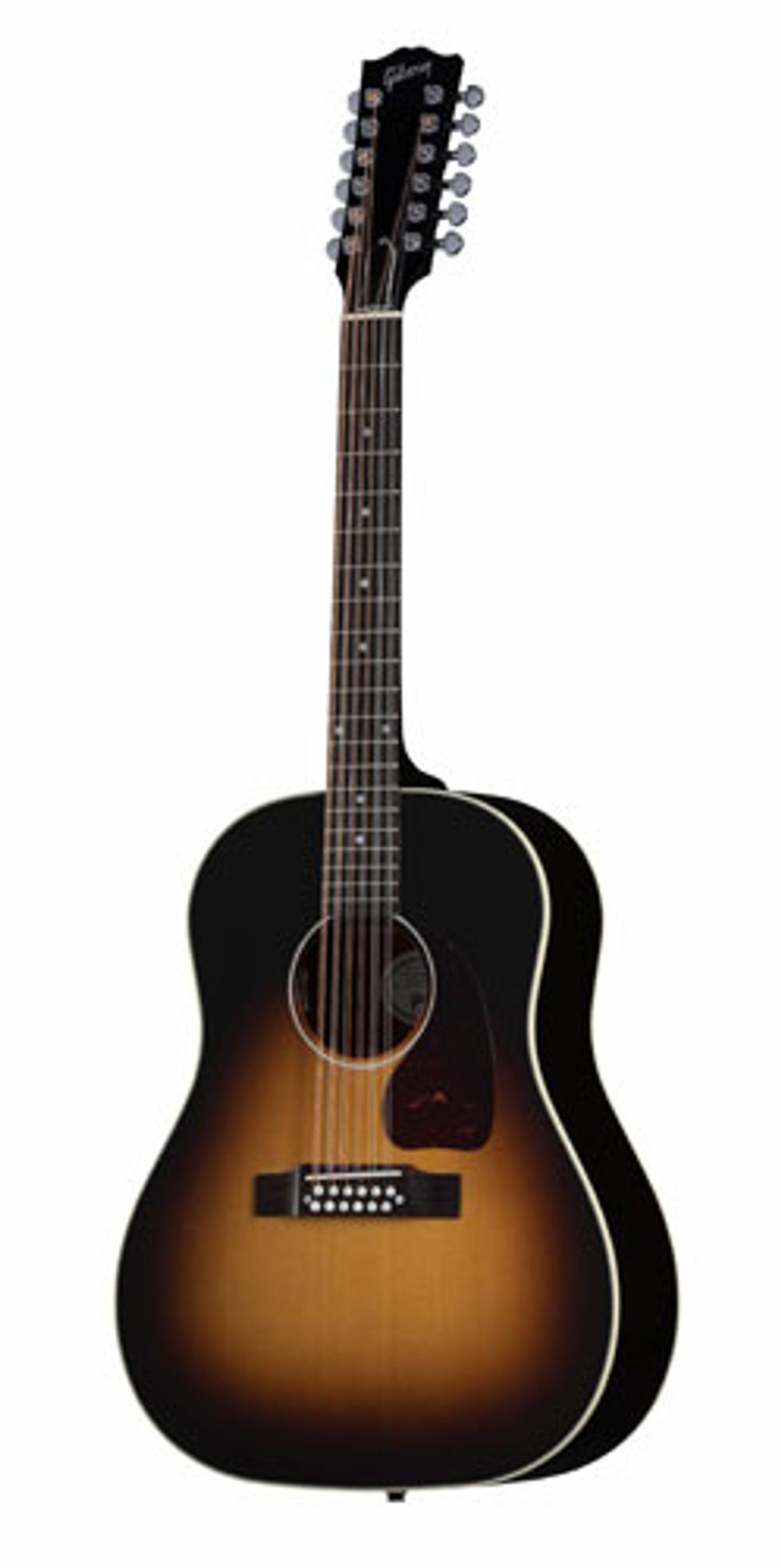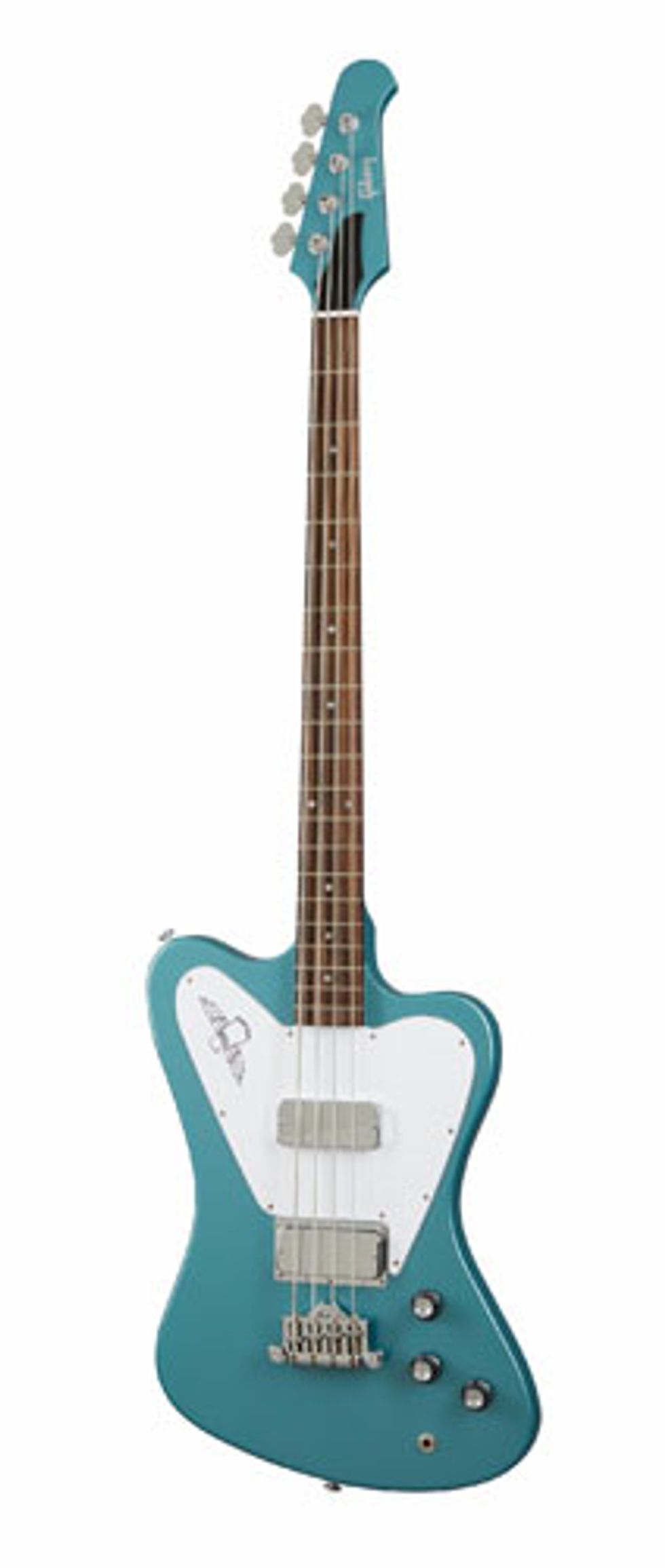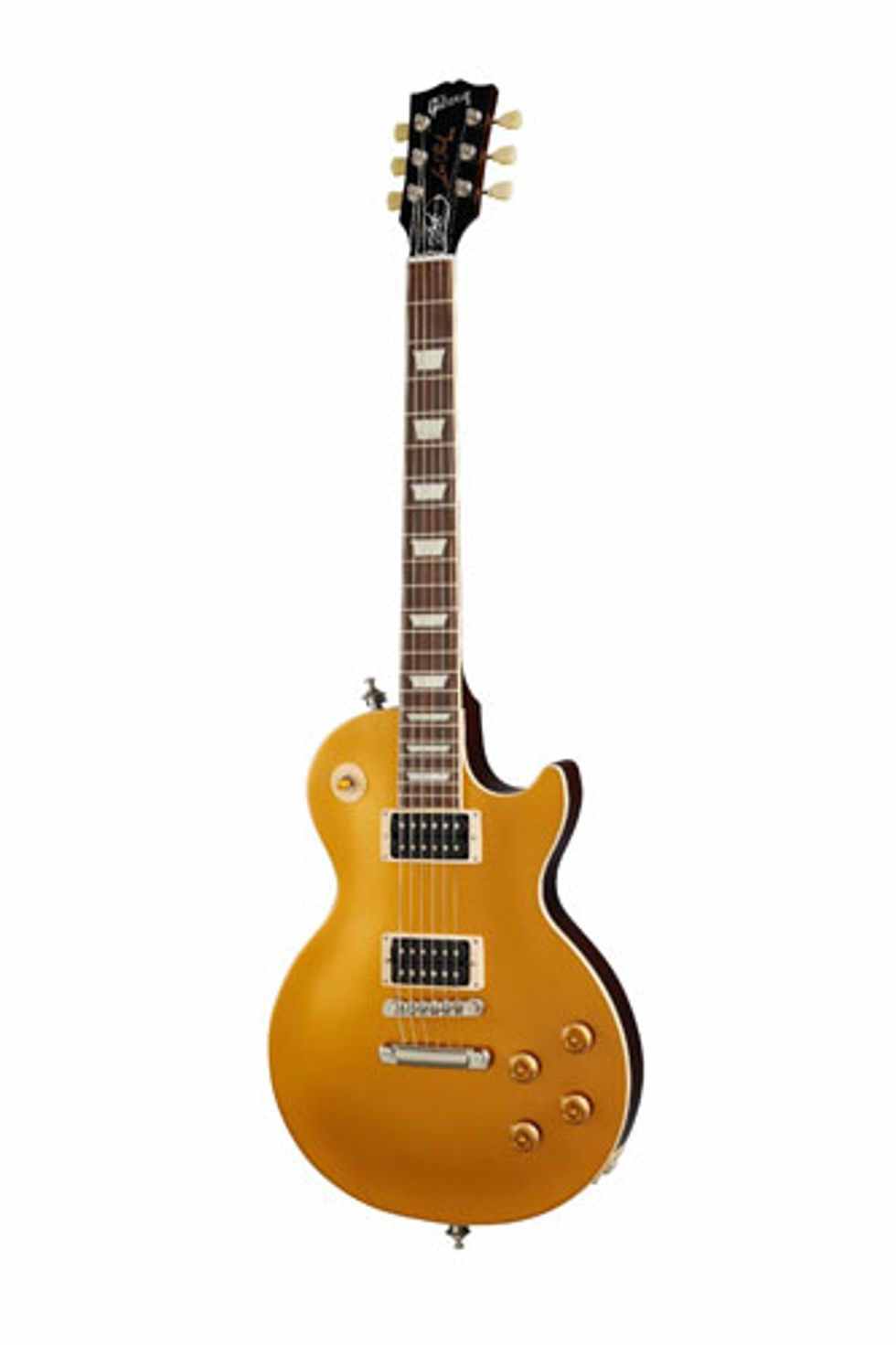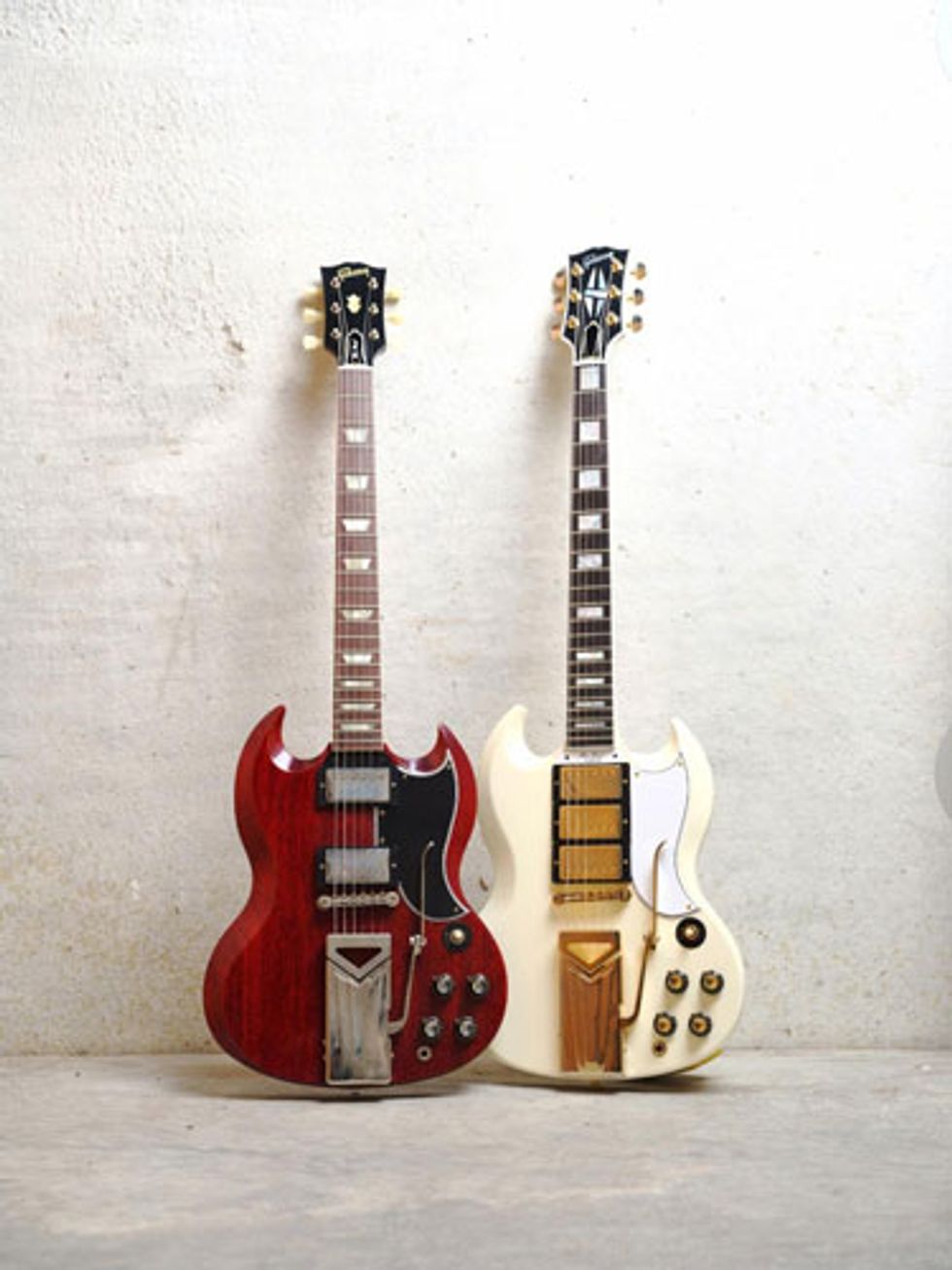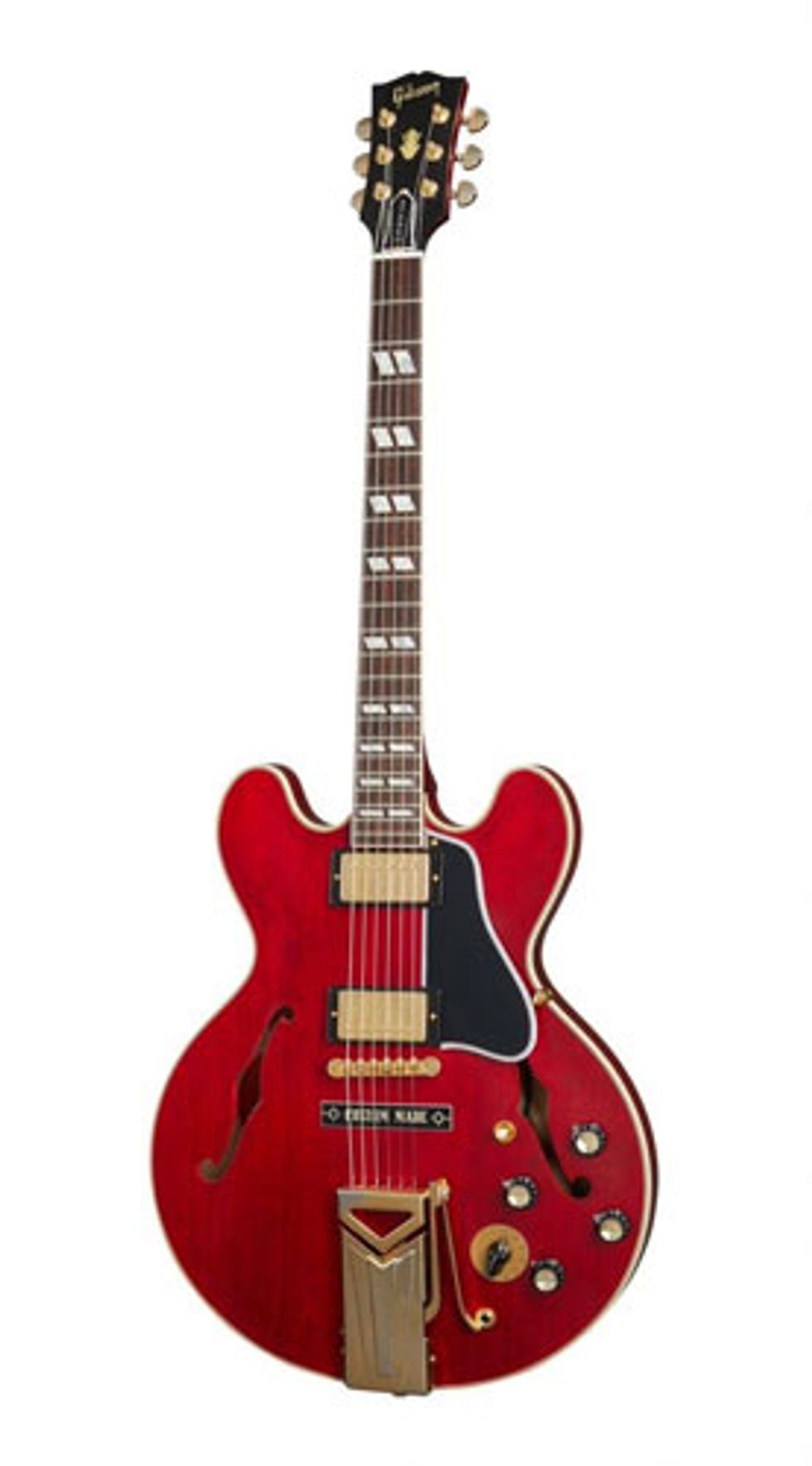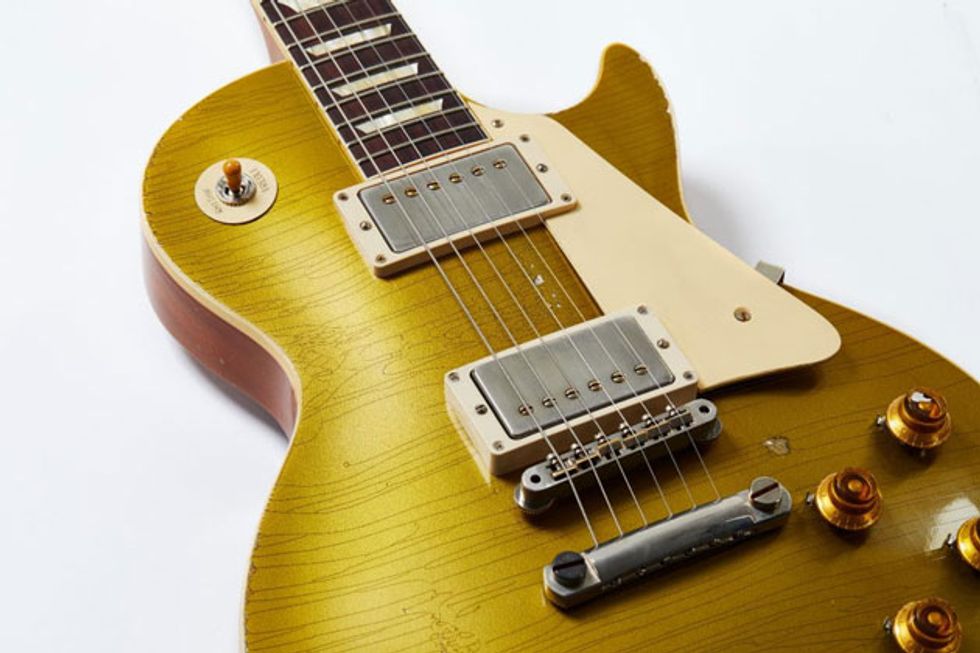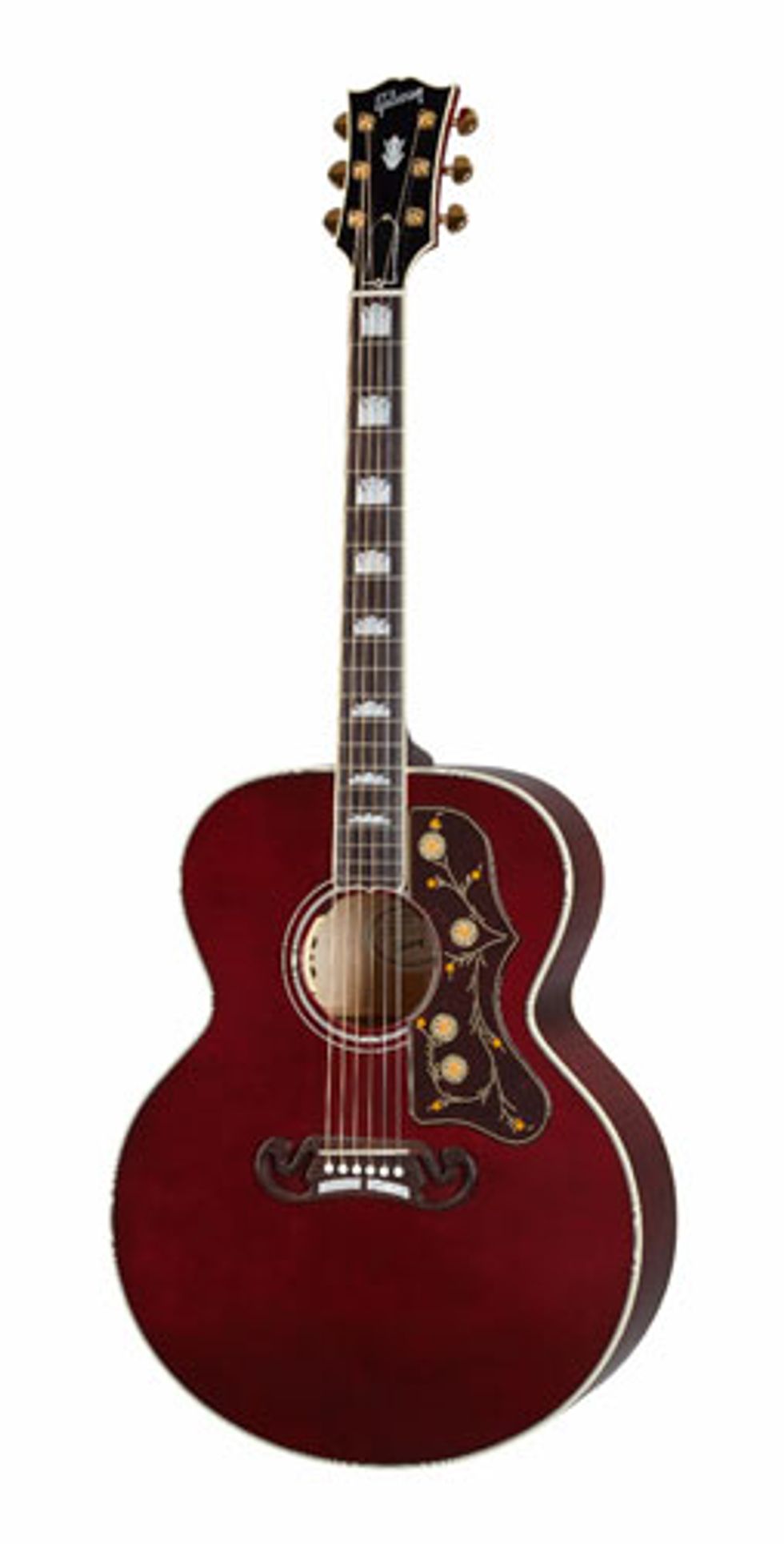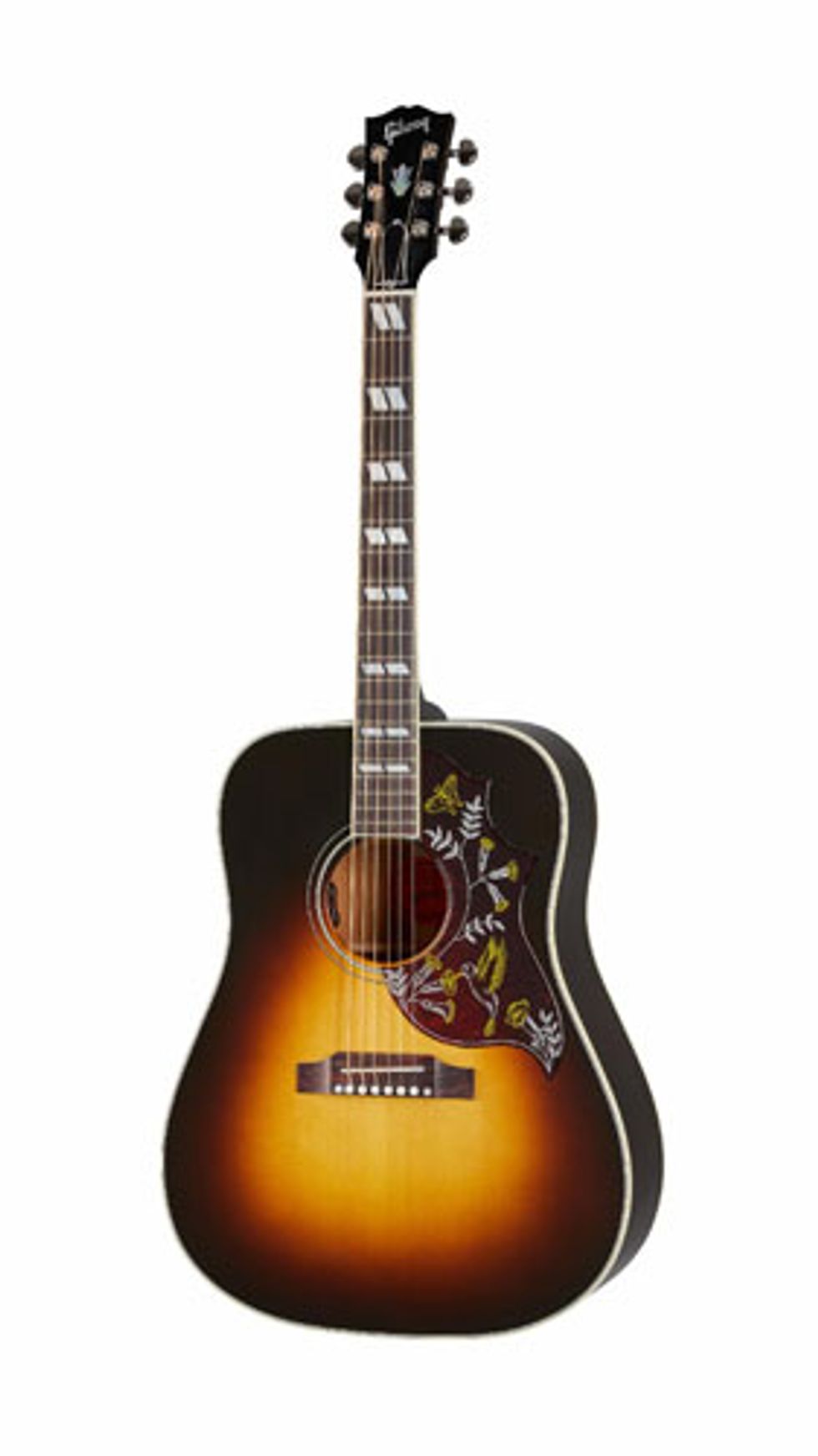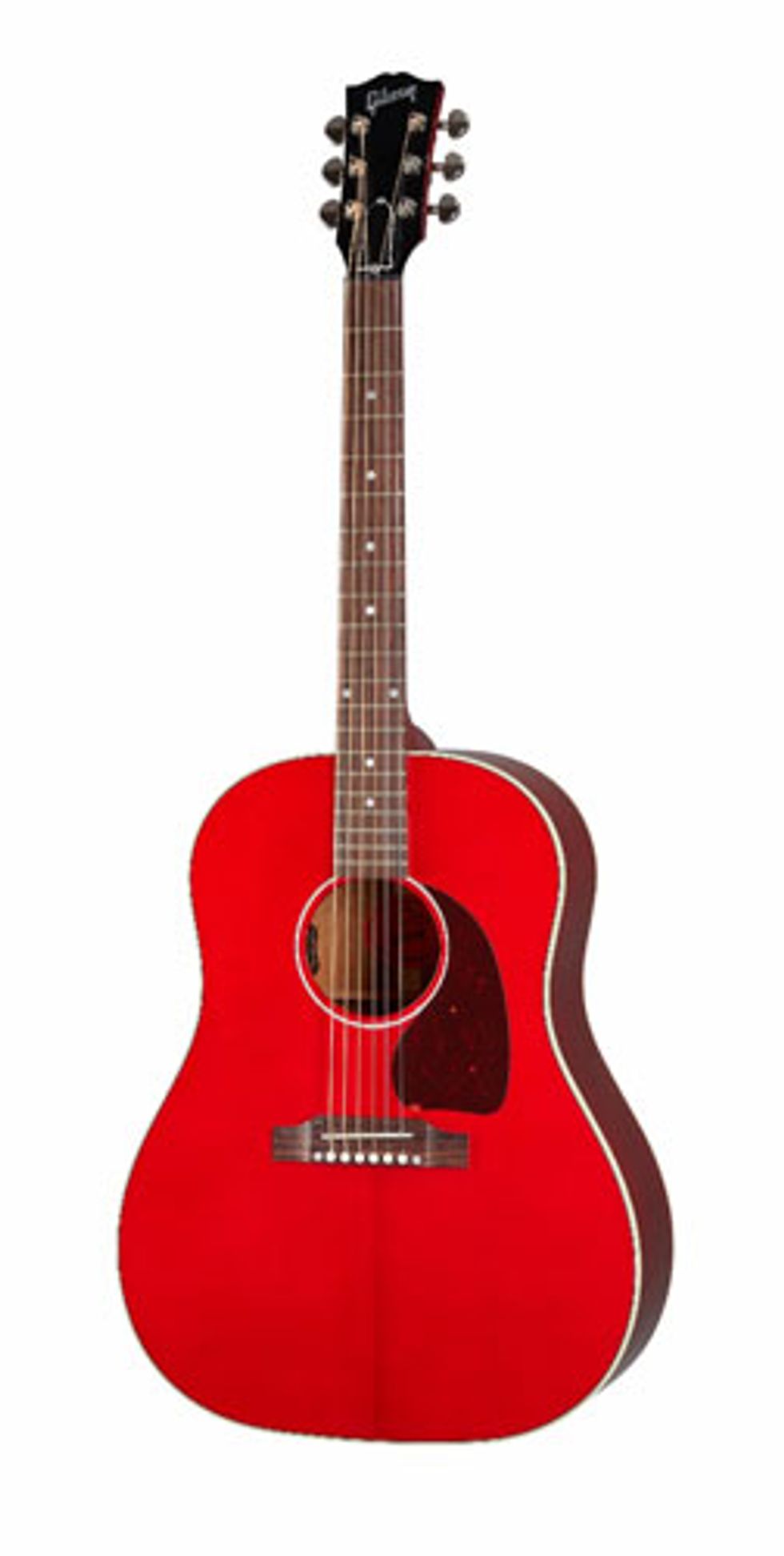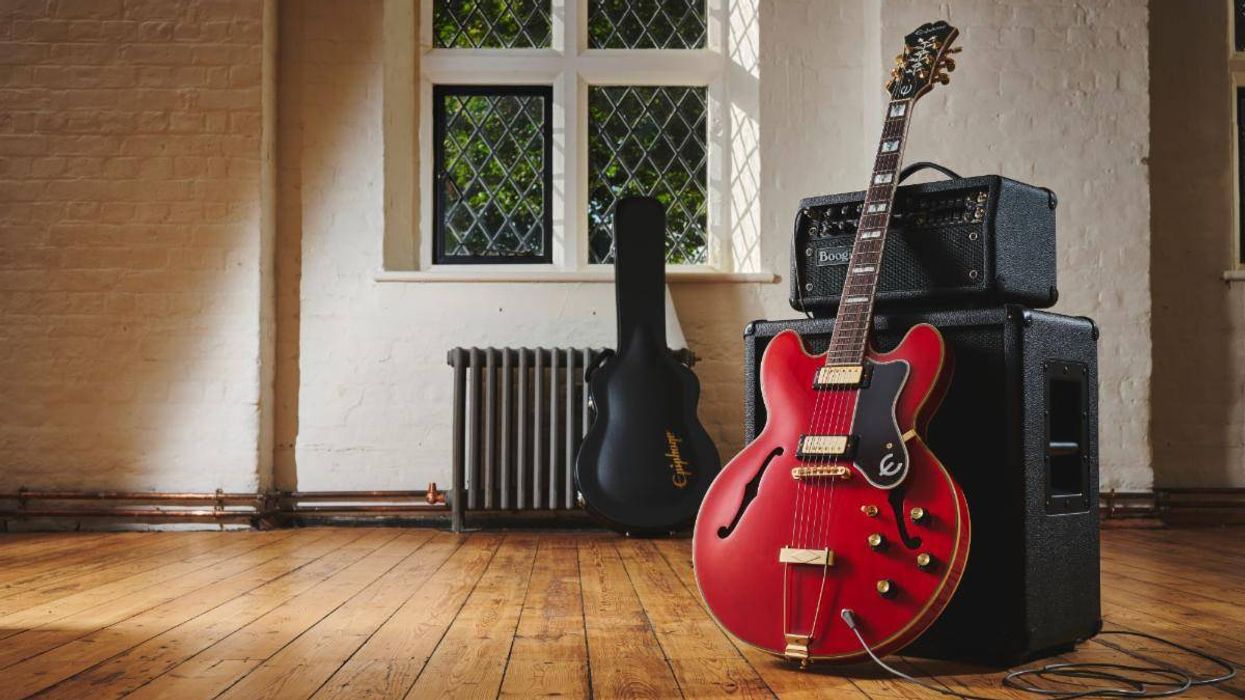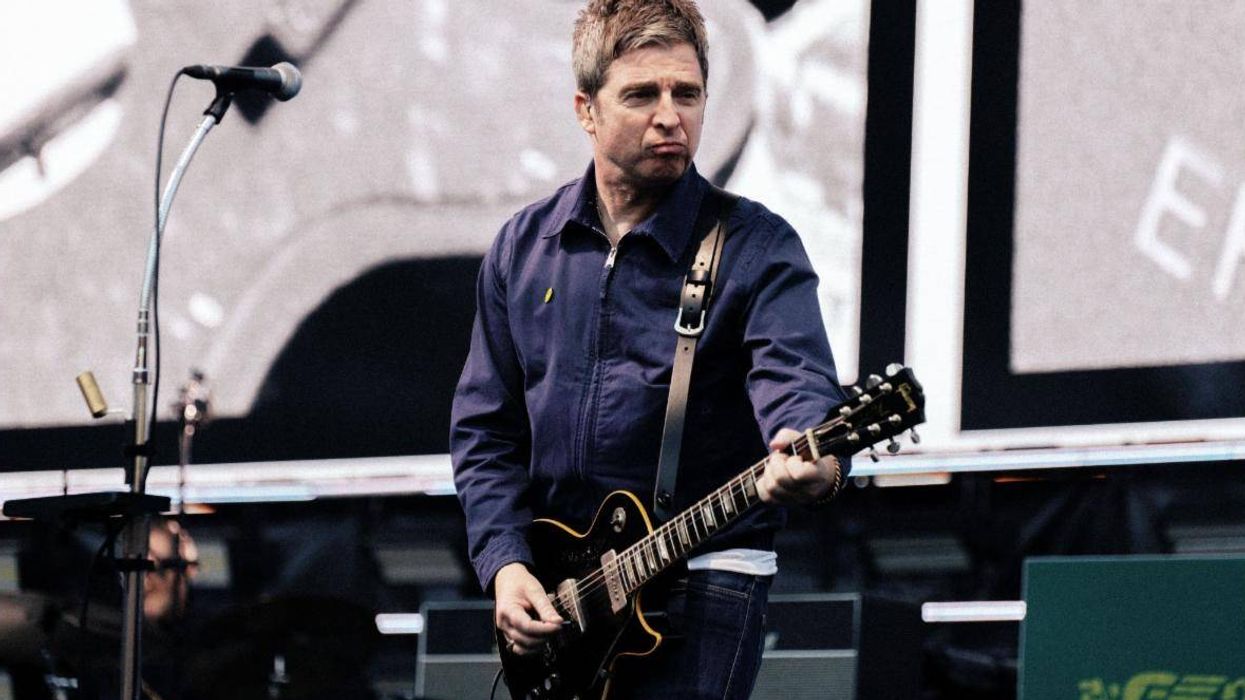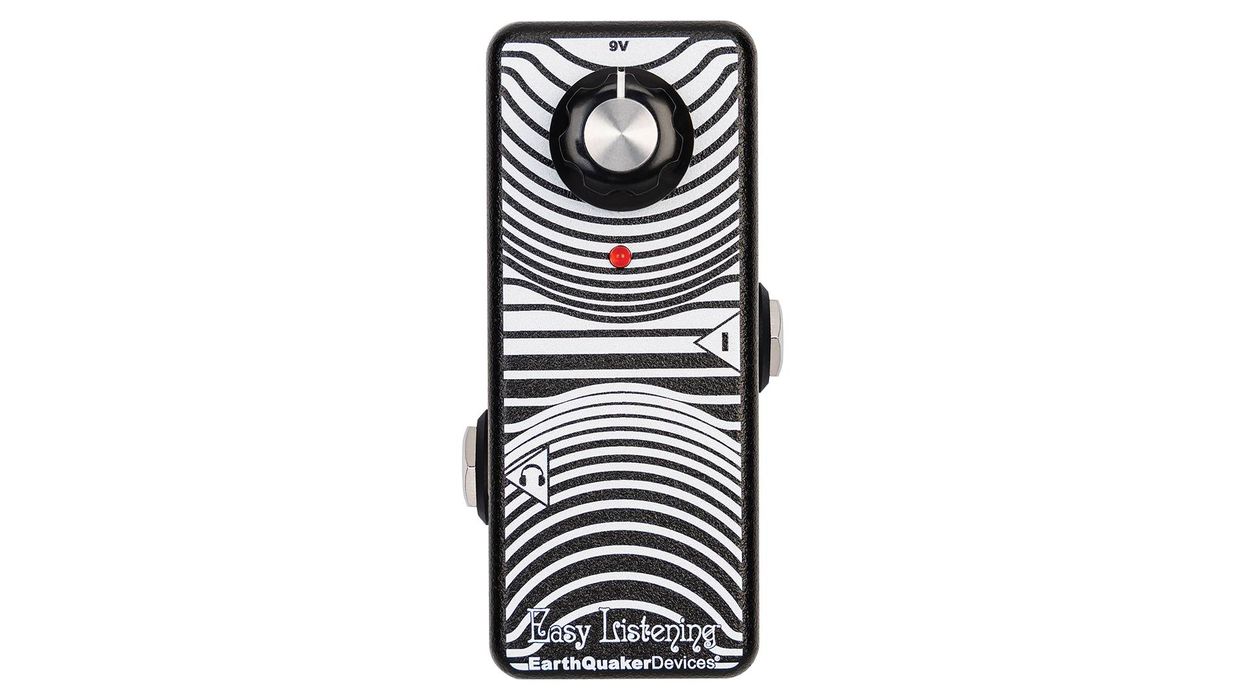Nashville, TN (January 25, 2021) -- For the past 127 years, Gibson has been synonymous with creating and shaping sound. With instruments that inspire Gibson’s legendary artists and nurture new players across every generation and genre of music, Gibson has emerged as the legitimate industry leader by offering award-winning, relevant guitars and new ways for artists to connect and grow. Gibson is played by the best and brightest artists, across generations and genres and has emerged as the most relevant, most played, and most loved guitar brand around the world.
Following are the new collections and artist collaborations highlights for Gibson USA in 2021:
Gibson USA has been shaping sound across genres and is played by the most influential guitarists across generations. Innovators of the electric solid body guitar and the aspiration of players around the world.
The Gibson Original Collection brings classic design and authenticity back into the hands of Gibson fans, with a Collection that is representative of the Gibson Golden Era. These include the legendary Les Paul Standard 50’s and 60’s and new for 2021 the Non-reverse Thunderbird Bass, features and a long-scale 34-inch set neck, with improved balance, available in original colors including Inverness Green, Sparking Burgundy, and Pelham Blue.
The Gibson Modern Collection brings a new era of innovation into the hands of players of levels and music genres, something Orville Gibson started in 1894 and Ted McCarty fueled in the 50’s and 60’s. It incorporates many contemporary updates that players have embraced, such as lighter-weight bodies, push-pull systems to switch between the Burst Bucker and P90 sounds, innovative slim-taper necks with asymmetrical profiles, shaved heels for effortless access to the highest frets. Available in 2021, the ES Made In Nashville collection includes the ES 339, ES 339 Figured and an ES 335 Satin.
“Innovation has been a driving force for us from the very beginning, since 1894 when Orville Gibson started making mandolins and subsequently guitars,” says Cesar Gueikian of Gibson. “That’s why we launched the Gibson Labs, which include the Gibson Development Lab, Prototype Lab, Custom Shop Murphy Lab and our new Sound Lab. Our overall mission is to pay tribute to our iconic and innovative past by leaning into the future through testing, driving the development of sound solutions, in service to Orville’s original mission which stated that everything that goes into the instrument has to contribute to its sound. We take this very seriously.”
New in 2021, Gibson has expanded artist collaborations including the addition of the new Kirk Douglas SG, developed alongside Captain Kirk Douglas of The Roots, the Slim Harpo ES 330, the and the forthcoming line of Thunderbird basses, guitars and more with the G2 Gene Simmons and Gibson partnership. The Slash “Victoria” Goldtop” guitar joins the Slash Collection which marks the first evergreen guitar collection for Gibson and an artist in the brand’s history. The Slash Collection also includes four Les Paul’s and two J-45’s spanning the influential Gibson guitars Slash has used throughout his career, inspiring multiple generations of players around the world.
The original. Aspirational, Authentic. Electric and Acoustic. The ultimate in craftsmanship, art and historical accuracy. Gibson Custom Shop is the pinnacle of Gibson and the most coveted instruments on earth. Hand-made in USA using generations old techniques that defined guitar making. The Gibson Custom Shop is the crown jewel of the industry.
The Gibson Custom Shop Historic Collection is defined by the master luthier techniques that embody Gibson’s DNA including ultra-accurate recreations of iconic Gibson shapes spanning electrics and acoustics with period correct appointments and superior attention to detail. New for 2021 is the 60th Anniversary 1961 SG Standard with Sideways Vibrola in Cherry Red VOS and the 60th Anniversary 1961 SG Custom with Sideways Vibrola in Classic White VOS.
The Gibson Custom Shop Modern Collection employs the cutting-edge design techniques and innovations that continue to drive the industry forward. Custom Shop Modern is comprised of highly elegant, tonally superior, and uniquely hand-crafted instruments.
New for 2021, Gibson Custom Shop artist signature guitars include the Marcus King 1962 ES-345, Peter Frampton “Phenix” Les Paul Custom VOS, a Jerry Cantrell “Wino” Custom, and a Sergio Vallin (Mana) 1955 Les Paul Bigsby and more.
The Murphy Lab is an all-new lab within Gibson Custom Shop led by Tom Murphy which is dedicated to the art of innovation, and aging guitars using the latest and most sophisticated technology and tools. Each Murphy Lab artisan has been trained by Tom Murphy to be expert level using Tom’s processes and specifications to provide distinct levels of age and wear ranging from Ultra Light to Ultra Heavy. The Murphy Lab will offer a Murphy Lab Collection and a Murphy Lab Menu of aging options for Made to Measure. Every Murphy Lab aged instrument takes a separate path through the Custom Shop, receiving the new Murphy Lab lacquer formula and hand-applied techniques. Each Murphy Lab instrument is a unique work of art that provides the ultimate vintage look, feel, and ownership experience.
“The Gibson Custom Shop is the pinnacle of craftsmanship, quality and sound excellence. Each instrument celebrates Gibson’s legacy,” says Cesar Gueikian of Gibson. “The Murphy Lab, one of our Gibson Labs, is where we re-imagine and implement new ways of delivering the Gibson Custom Shop historic experience. Master Artisan Tom Murphy brings his expertise, authentic style and his passion for building historically accurate guitars to the Murphy Lab Collection.”
The trademark Gibson Acoustic sound is defined by our signature characteristics from dovetail neck to body joint, domed top, and scalloped bracing to nitro lacquer. Made in Bozeman, MT, Gibson Acoustics are the pinnacle of hand-crafted quality, and sound excellence. Each instrument celebrates Gibson's legacy through accuracy, authenticity, beauty and attention to detail.
“2020 brought a renewed focus on our acoustic guitars, just like we did with our electric guitar portfolio,” says Cesar Gueikian of Gibson. We not only recalibrated our acoustic offerings into Original and Modern Collections we also launched the Acoustic Custom Shop, based in Bozeman, Montana, with Historic and Modern Collections. Our acoustic guitars have defined sound for 127 years and we intend to leverage that heritage and bring new iconic instruments into the hands of new generations of players.”
he Acoustic Custom Shop Historic Collection includes a 1942 Banner J-45, 1942 Banner Southern Jumbo, 1934 Jumbo, 1936 Advanced Jumbo, 1939 J-55, 1952 J-185, 1957 SJ 200, 1960 Hummingbird, Pre-war SJ 200 Rosewood and more.
The Gibson Acoustic Original Collection is the standard of acoustic guitars. Iconic shapes and appointments that started a revolution, vintage-style pickguards, tuners and bridges, traditional inlays, and antique finishes define the Original collection. Paying tribute to our iconic past, the Original Collection is a stunning representation of the classic Gibson acoustic guitars that shaped sound across all generations and genres of music.
The Gibson Acoustic Modern Collection offers a modern take on our classic shapes with innovative appointments that appeal to the demanding needs of today’s player. Modern voicing, easy-playing SlimTaper necks with a flatter fingerboard radius, high-ratio enclosed tuners and advanced pickup systems round out the Modern collection. The Modern Collection builds on our legacy of innovation by introducing modern features and shaping sound for future generations. New for 2021, is a J-45 Standard 12-String model, as well as new colorways to reflect Modern Collection principles including the J-45 Standard in Cherry, the Hummingbird Standard in Vintage Sunburst, the SJ-200 in Wine Red and Autumn Burst.
Also, new for 2021 from Gibson Acoustic Custom Shop the SJ-200 Western Classic. Gibson Acoustic signature artist guitars include, the new Orianthi SJ 200, a Tom Petty SJ-200 Wildflower, the Noel Gallagher J-150 and the Slash Collection J-45 models.
By leveraging its iconic past and leaning into the innovative future, Gibson has set the stage for the next era of shaping sound for present and future generations.
For more information:
Gibson
